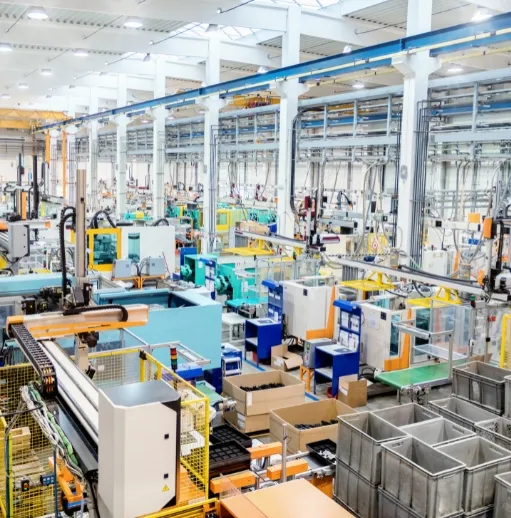
When people clash in the workplace, sparks can fly. Friction leads to everything from toxic culture to a drop in productivity. It takes many forms—conflict among peers, territorial battles, or resistance to business processes. Resolving employee friction is leadership’s responsibility. Addressing how the workplace itself contributes to issues is a facility manager’s job. That’s where shared office space software becomes invaluable.
Office space software allows facility managers to get a handle on the main drivers of friction and make accommodations to avoid them. Here are five examples of shared workplace friction and how shared office space management software solves them.
1. Moderate open-concept floor plans
Open office floor plans only work if they’re well-managed. Without order and structure, benching and other open-air concepts can devolve into an amalgam of noise and distractions. A shared office space management system can help prevent this.
Space design and floor planning tools allow facility managers to create workstations that complement open-office concepts. Private workstations, group collaboration areas, and agile spaces parallel to the main workplace provide quiet spots for employees to escape. Properly managed options create a pressure release valve for friction that can come with communal desking.
2. Automated ticketing for timely maintenance
Nothing bothers employees more than a problem that goes unresolved for days, weeks, or —especially once it’s reported. Imagine the frustration that mounts when the bathroom hand dryer isn’t fixed after three weeks, or the light bulb in the hallway isn’t replaced for a month. Facilities can hardly serve occupants if they’re not maintained.
Shared office space software allows anyone to report maintenance needs, wherever and whenever issues arise. The system automatically processes tickets so tasks get done quicker. Employees don’t need to worry about what information to send where; the ticketing system streamlines the process. When maintenance is addressed faster, problems don’t have a chance to grate on people. Minor inconveniences stay minor.
3. Personal space through hoteling and desk booking
Shared offices are a breeding ground for contention when desks are up for grabs. Coworking space software is integral to creating law and order, and subsequently squashing friction. Using a system of record to arrange seating and book desks all but eliminates confrontation among employees and ensures there’s no frustration or confusion about where to sit.
Shared office space software even goes one step further by eliminating the anxiety of getting situated at a temporary desk. Instead of wandering around for a workstation and trying in vain to get vital login information, good software automates confirmation emails and help desk functions. Reducing anxiety and uncertainty ultimately reduces the potential for friction.
4. Organized movement without disruption
Whether permanently switching offices or temporarily accommodating groups, office moves can be contentious for employees and workplace managers. Employees are jilted from the norm and not always certain about where they’re going or what they’re doing—and they may take time to adapt. It’s a high-tension scenario that can make people feisty. Like most situations, however, the more people know, the calmer they’re likely to be.
Office space software makes it easy to generate detailed move plans and provide them to employees ahead of time. Instead of clashing over the unknown, they can collaborate on next steps. Office space software demystifies moves and dismisses friction on all fronts, including between employees, processes, and the workplace itself.
5. Add flexibility to accommodate diversity
Nothing sparks friction like constant interruptions. Shared office space software is key to coordinating agile facilities in a way that avoids disruption altogether. Move people between spaces fluidly without interrupting other groups. Make it easy for people to come and go according to their personal schedules. Accommodate the needs of your multigenerational workforce.
Space planning software helps you run shared facilities with the broad needs of individual employees in mind. The less people have to contend with their workplace, the more they can embrace it. It’s a simple way to foster harmony on an everyday basis.
Don’t let friction start fires
Let gears grind together long enough and they’ll become red-hot and spark fires. All it takes is a little adjustment to eliminate friction and the problems that come with it. It’s the same in a shared office. Use office space software to identify and remediate points of contention to take friction out of the equation. That lets employees work in peace. Whether it’s their peers, workplace, or processes, understanding the friction that grates on them is the first step in finding a solution.
Keep reading: Office Space Management Software Tips and Guideline.


